15 Types of Ash Trees (With Pictures)
-

- Last updated:
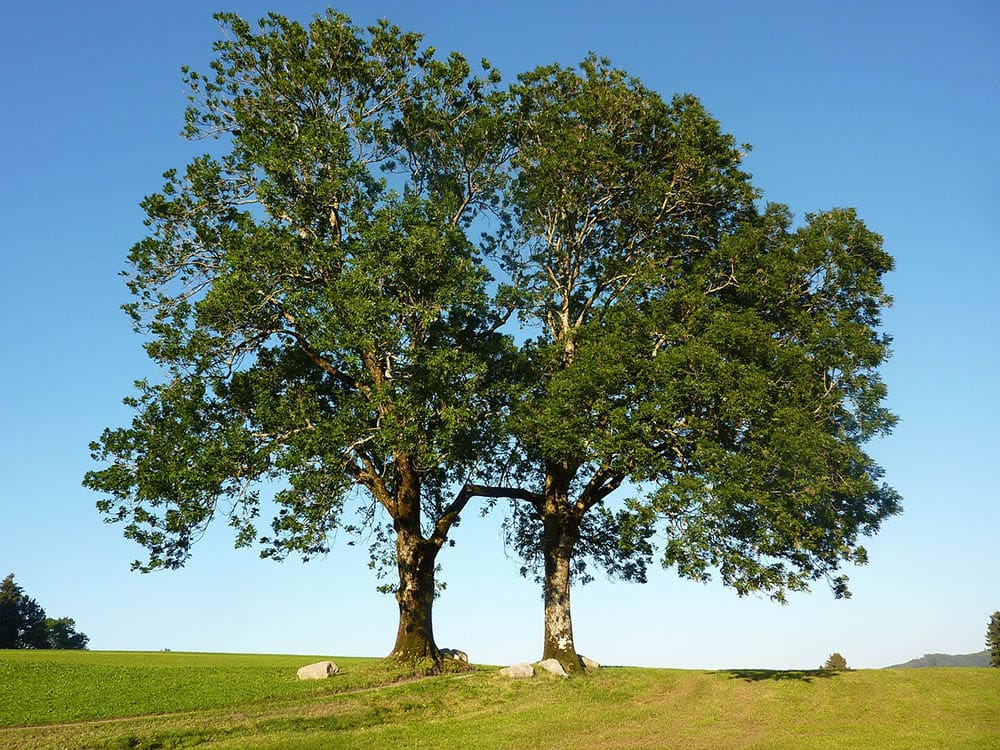
North America is home to roughly one-third of all the known species of the Fraxinus genus. They’re commonly used to line streets, provide shade, and as beautiful features in lawns. Additionally, the timber of ash trees is dense and hard, making it useful for furniture and flooring and baseball bats and electric guitars.
These trees are part of the olive family and have a distinctive growth pattern that features opposite branching and clusters of leaves. However, there is a lot of variation among ash trees, and some of those distinctive features are evidenced in trees’ names.
Whether you’re looking to buy an ash tree or are trying to identify one growing nearby, here are some characteristics of 15 kinds of ash trees.
The 15 Types of Ash Tree
Most Common Ash Trees in North America
1. White Ash Tree
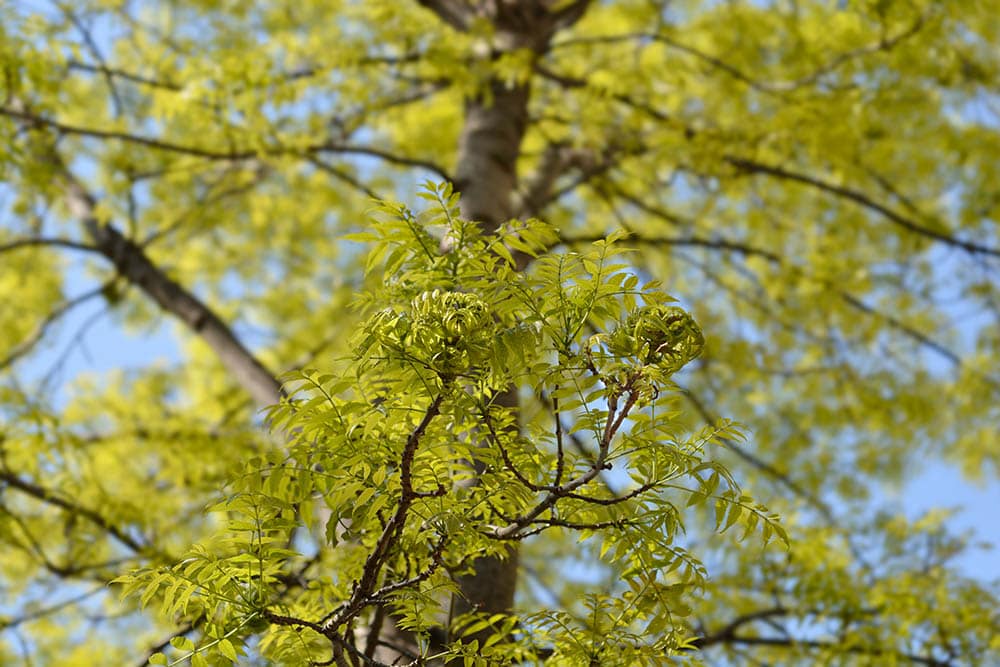
The largest of the ash family, the white ash towers up to 80 feet tall with branches sometimes growing 35 feet away from the trunk. White ash is a common shade tree for its large spread. White ash grows from Nova Scotia to the Florida Panhandle and as far west as the eastern part of Texas and Minnesota. Although it can be cultivated as a street or shade tree in its natural growth pattern, white ash flourishes in undisturbed forests and is usually near sugar maple trees. It’s a fall favorite because its leaves turn bright orange and red, compared to many other ash trees producing only uniform yellow leaves in autumn.
2. Blue Ash Tree
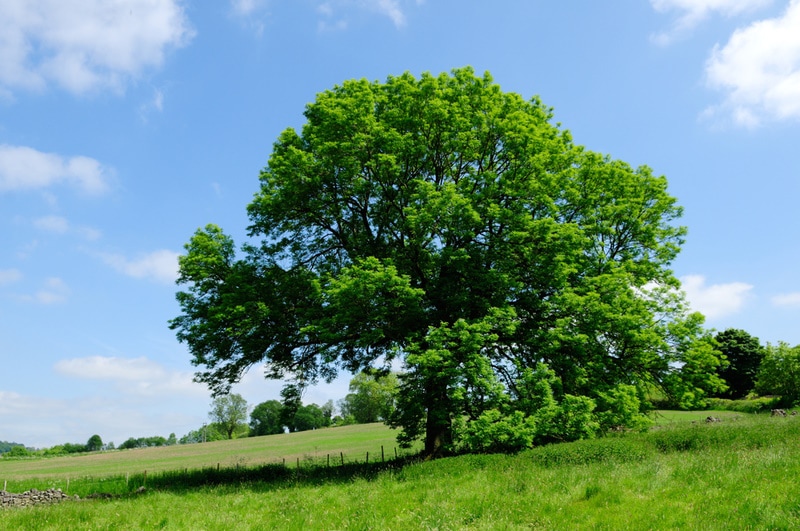
If you’re in the Midwest, the Nashville Basin of Tennessee, or the Bluegrass region of Kentucky, you’re likely to find blue ash trees. Blue Ash, Ohio, gets its name from the prevalence of this variety in the area whose logs contributed to many of the first buildings in the town. Much smaller than the white ash, this species usually grows between 30 to 75 feet tall. It gets its colloquial name from its inner bark, which creates a dark blue or black dye. Although it is still listed as Critically Endangered by the IUCN, it is much more resistant to the emerald ash borer beetle that is ravaging many other types of ash trees in North America.
- Related Read: 10 Types of Trees in Kentucky (With Pictures)
3. Black Ash Tree
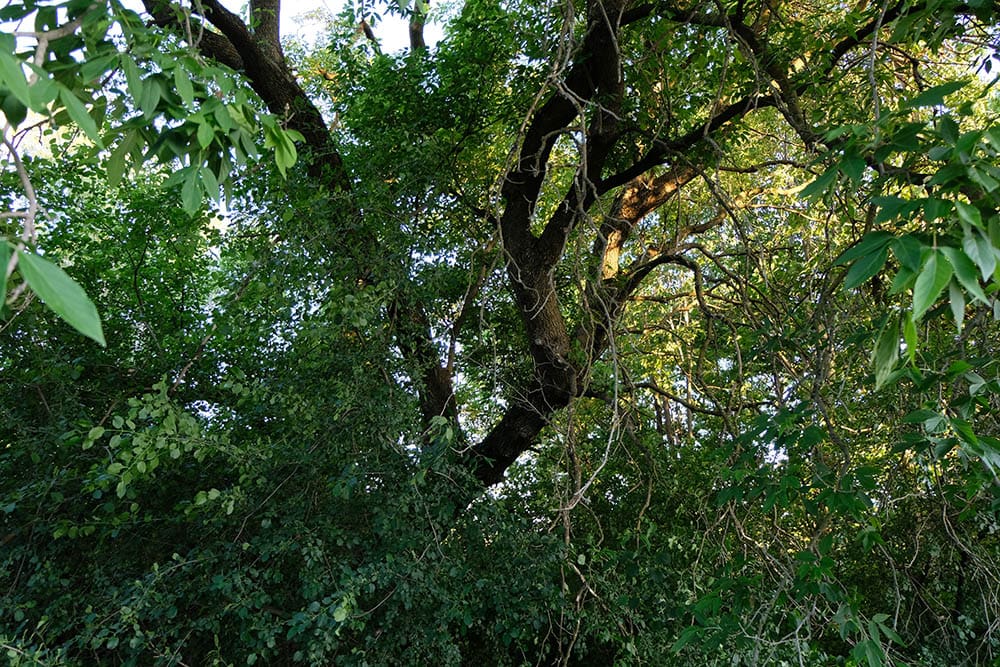
Swampland is associated with the American South, but there are significant wetlands in the northeastern United States and eastern Canada. These more northernly geographical regions are where the black ash thrives, commonly called the swamp ash. As lumber, it is most often used in electric guitars. It has a unique structure in the growth rings—a lack of connective fibers—making it well-suited to indigenous basket weaving. The black ash usually grows between 45 to 60 feet tall, and it’s one of the first trees to lose leaves as the seasons change.
4. Green Ash Tree
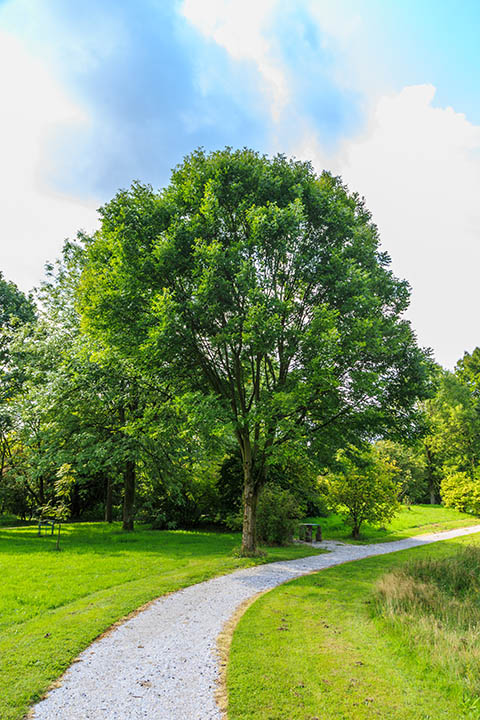
This species is the most naturally well-traveled of the ash trees. Its growth range spread throughout the Midwest and Great Plains, south to the Gulf Coast, and north into various Canadian provinces. It’s a hardy species that can tolerate urban pollution. These trees are an average of 60 feet tall and have smooth, gray bark when young. The bark will fissure and thicken as the tree ages, which gives the mature tree a similar look to other ash species. This species has bright green leaves, which gives it its name. However, it’s also known as red ash because the bark can be used to make a red dye.
Additional North American Ash Tree Varieties
5. California Ash Tree
This ash species have a limited geographical range, but it’s not quite as limited as the name implies. It thrives in the American Southwest and can be found in several states other than its namesake and northern Mexico. This species’ Latin name, Fraxinus dipetala, describes the unique white flower of the California ash, which features two (di) petals (petala) per flower.
6. Oregon Ash Tree
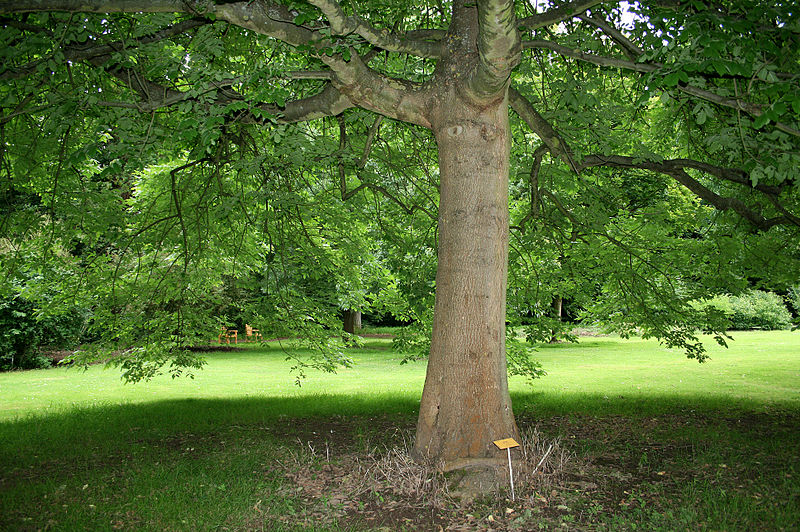
How would you like to live more than 200 years and thrive in the Pacific Northwest? The Oregon Ash does just that, averaging 65 feet tall when conditions are prime. It can also provide a large crown of leaves, making it a good shade tree, although the species itself does not tolerate shade very well. These trees develop shallow but far-reaching root systems that thrive in loose soil and soggy ground.
7. Mexican Ash Tree
This is a much smaller variety of ash tree, usually only reaching 40 feet tall. It is native to the east and northeast parts of Mexico and several Central American countries. According to Texas A&M University, this species was thought to keep rattlesnakes away, so hunters would stuff the leaves into their boots.
8. Carolina Ash Tree
A subtropical species of ash, the Carolina is resistant to seasonal flooding, favoring coastal swamps and lowlands. It has been found in Cuba, almost all the southeastern US, and into southern Virginia. The Carolina ash has the distinction of being one of the smallest ash varieties, rarely growing taller than 40 feet.
Related Read: 11 Types of Trees in South Carolina (With Pictures)
9. Texas Ash Tree
Lots of things may be bigger in Texas, but the Texas ash’s growing range isn’t one of them. It’s fairly limited, living mostly in east Texas, south Oklahoma, and in the Durango region of Mexico. As such, it thrives in dry climates, hangs on to rocky slopes, and favors the limestone native in those areas.
10. Velvet Ash Tree
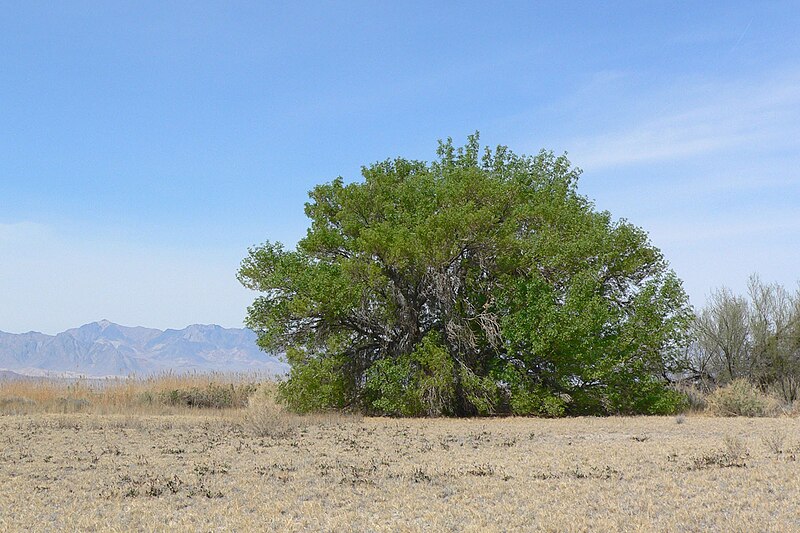
It’s okay if you guessed that this species was somehow used to produce velvet. Instead, this species gets its name from the unique velvety feel of its young tree shoots. It’s a close relative of both the Oregon and green ash, but it can survive much further south than either of those species, even flourishing in the Mojave and Colorado deserts. Velvet ash is also featured in the mountains and canyons of the North American southwest.
11. Pumpkin Ash Tree
This species isn’t the largest of the ash variety, but its fruit is bigger than all other ash fruits. The seeds grow throughout the summer and drop off in the autumn, as with many ash trees. However, the seeds of the pumpkin ash don’t have to rely on wind to spread. They can survive in wetlands for months, and they use water to ride the rapids to the spot where they will eventually grow. However, it’s not the large fruit that gives this species its moniker, but rather a bulbous area on the trunk of these trees that resembles a pumpkin.
Global Ash Tree Varieties
12. European Ash Tree (Mainland Europe, British Isles)
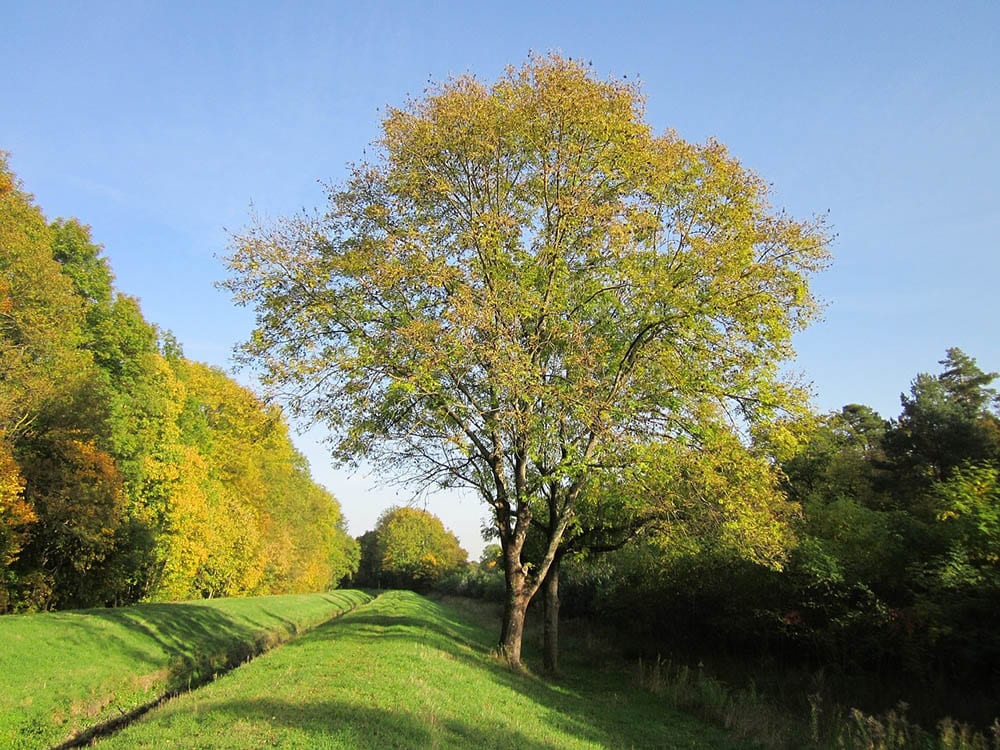
Growing from 40 to 60 feet tall, the European ash has jet-black buds as opposed to the grey or brown buds found on other ash species. It favors soils like chalk or limestone, and individual trees can live up to 250 years. The largest known European ash lives at Clapton Court in England and has almost a trunk diameter of almost 30 feet!
13. Narrow-Leaved Ash Tree (Northwest Africa, Southern Europe, Southwest Asia)
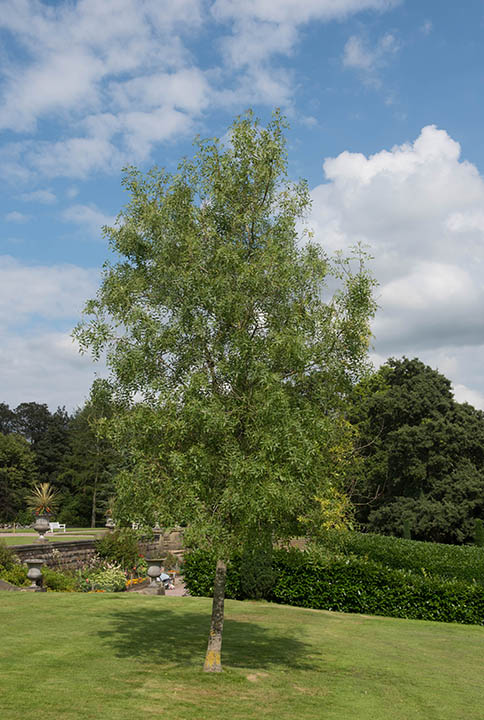
With a sprawling natural growth area, the narrow-leaved ash has four subspecies, one of which is considered a weed in Australia, where it has spread to native bushland. In addition to its narrow leaves, it also produces beautiful inflorescences, which are clusters of flowers stemming from the main branch.
- Related read: 10 Best Weed Removers & Pullers – Reviews & Top Picks
14. Flowering Ash Tree (Southern Europe)

Also known as the manna ash, this species has a delicious, sugary sap that can be harvested by cutting into the bark. Medieval accounts of the tree compared that substance to the manna from heaven referenced in the Bible, thus the alternative name. Unlike other ash species, the bark of the flowering ash remains smooth even as the tree ages.
15. Manchurian Ash Tree (Northern Asia)
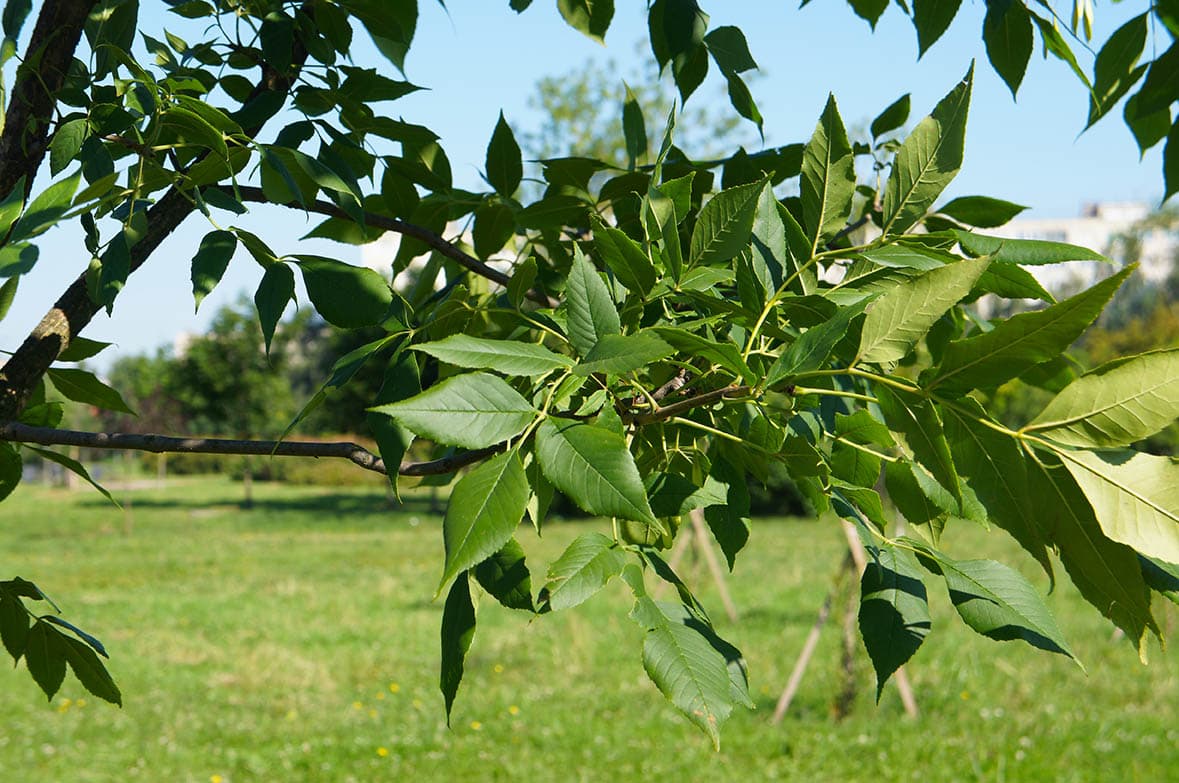
An interesting feature of this ash is that the flowers have no petals, which disguises them from predators. This species comes early to the color-change party and shows off a lovely golden-yellow. The Manchurian is a candidate that will potentially save North American ash species from the emerald ash borer, which it seems to have a genetic resistance to, just like blue ash.
An Ash Tree For All Occasions
This is only a small sampling of the varying species of ash trees that grow globally, but many of them can be cultivated in yards or public spaces. Choosing an ash for your area will depend largely on the soil conditions and climate, but there is likely an ash that will grow in most areas. You will find an ash that is ideal for your yard or garden!
See also: 25 Types of Trees in Minnesota (with Pictures)
Featured Image Credit: binael, Pixabay
Contents


